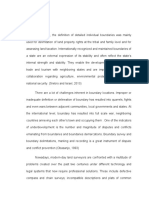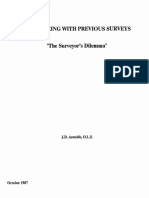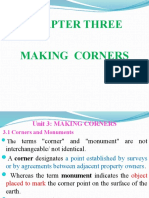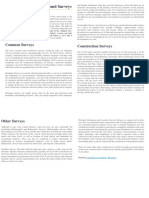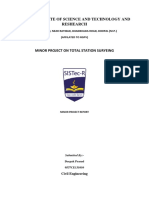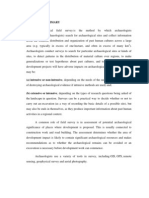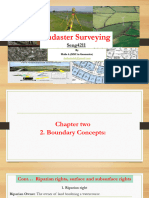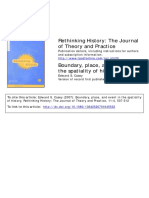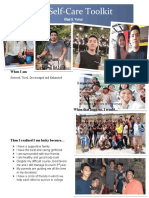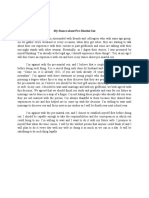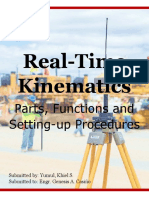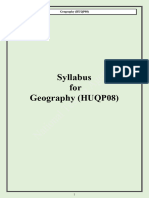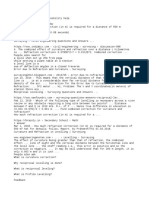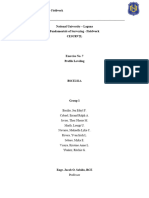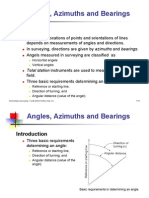0% found this document useful (0 votes)
217 views7 pagesCase Study
The document discusses boundary monuments, which mark property boundaries and are important for surveying. It notes that boundary markers are often removed or displaced, leading to land disputes. The study aims to assess students' awareness and perception of boundary monuments at Pampanga State Agricultural University, as altering or moving markers can cause conflicts. The researchers plan to create awareness campaigns if students are found to lack understanding of monuments' purpose and laws regarding altering them. They may face difficulties conducting surveys during the COVID-19 pandemic when in-person data collection is restricted.
Uploaded by
Khiel YumulCopyright
© © All Rights Reserved
We take content rights seriously. If you suspect this is your content, claim it here.
Available Formats
Download as DOCX, PDF, TXT or read online on Scribd
0% found this document useful (0 votes)
217 views7 pagesCase Study
The document discusses boundary monuments, which mark property boundaries and are important for surveying. It notes that boundary markers are often removed or displaced, leading to land disputes. The study aims to assess students' awareness and perception of boundary monuments at Pampanga State Agricultural University, as altering or moving markers can cause conflicts. The researchers plan to create awareness campaigns if students are found to lack understanding of monuments' purpose and laws regarding altering them. They may face difficulties conducting surveys during the COVID-19 pandemic when in-person data collection is restricted.
Uploaded by
Khiel YumulCopyright
© © All Rights Reserved
We take content rights seriously. If you suspect this is your content, claim it here.
Available Formats
Download as DOCX, PDF, TXT or read online on Scribd
/ 7
